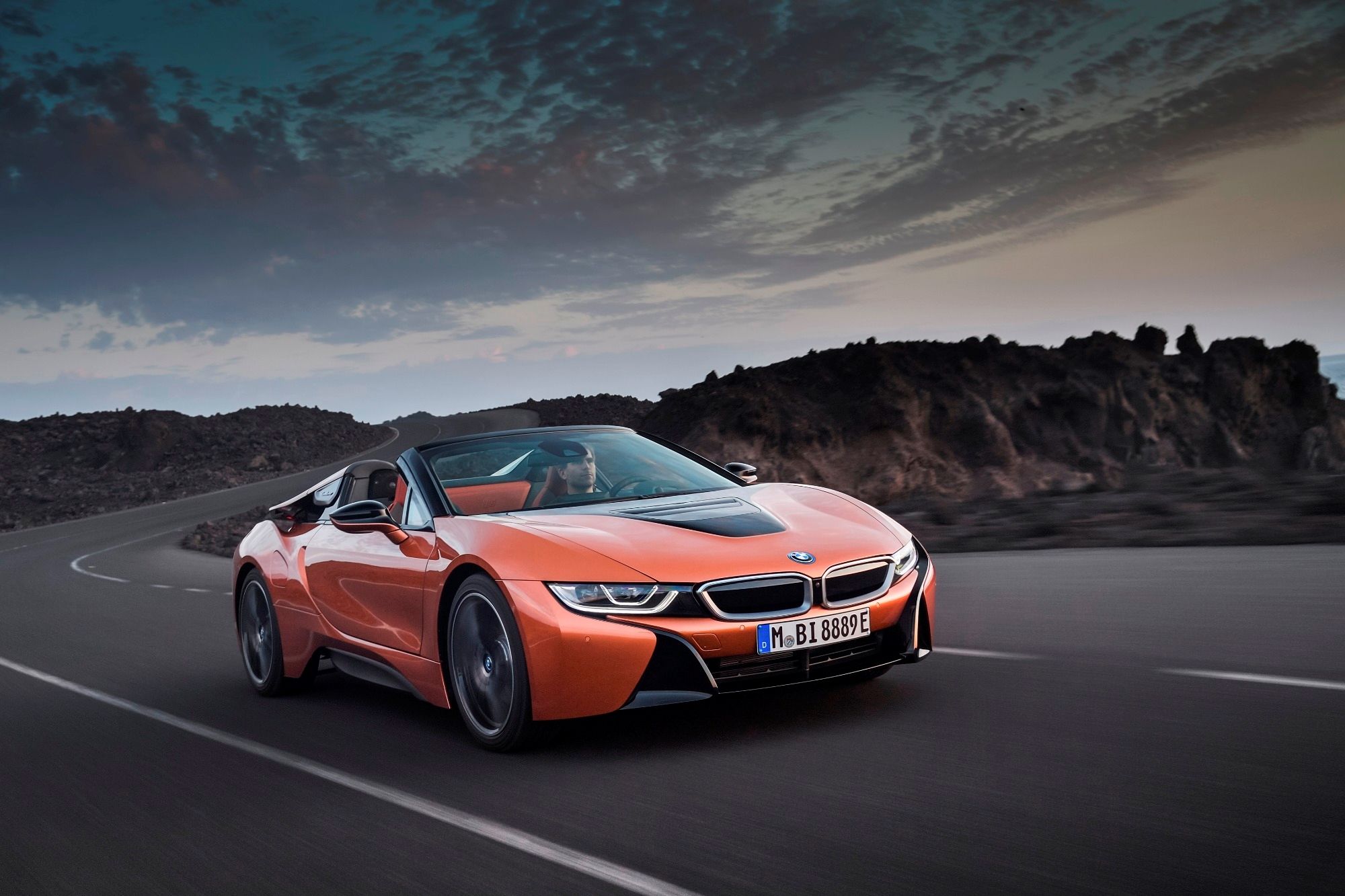
It all began back in 2010 when BMW needed to make, among other things, a water pump pulley for its DTM motorsport cars. Within just two years, additional use of the then-new 3D technology was incorporated, specifically for the Rolls-Royce Phantom. Today, that luxury brand incorporates a total of ten 3D-printed components in its various models.
Earlier this month, BMW announced that over the past ten years it has made one million 3D-printed parts, an impressive figure considering it only began experimenting with the advanced technology not long ago. This year alone BMW expects to reach over 200,000 3D components – a 42 percent increase over last year's total. No longer limited to just motorsport and ultra-luxury, 3D printing tech is now also used for Mini, specifically the custom indicator inlays and dashboard trim strips.
The BMW i8 Roadster's aluminum alloys, roof mechanism and window guide rails are all 3D-printed. The guide rails, found in the door and allows for the windows to operate smoothly, took only five days to develop and were quickly integrated into series production. It's manufactured by HP Multi Jet Fusion Technology, an advanced high-speed method that can produce up to 100 guide rails in 24 hours.
Meanwhile, the i8 Roadster's fixture for the soft-top attachment is made of an aluminum alloy and actually weighs less than the injection-molded plastic part typically used and is still considerably stiffer.
Clearly, 3D-printing is still a relatively new technology but it hasn't taken long for automakers like BMW to see its many benefits. Not only is 3D-printing capable of producing a superior quality product, it can also be used to help lower costs and sometimes increase production time. Although components like those found in the i8 Roadster mentioned above are not exactly exciting, chances are it won't be before long where automakers begin 3D-printing things like doors, engines, and, eventually, entire vehicles.
